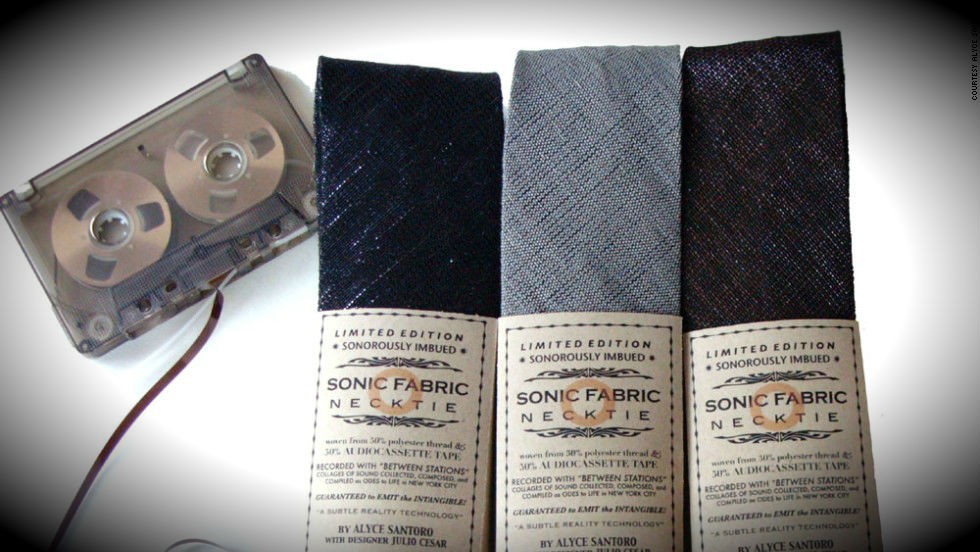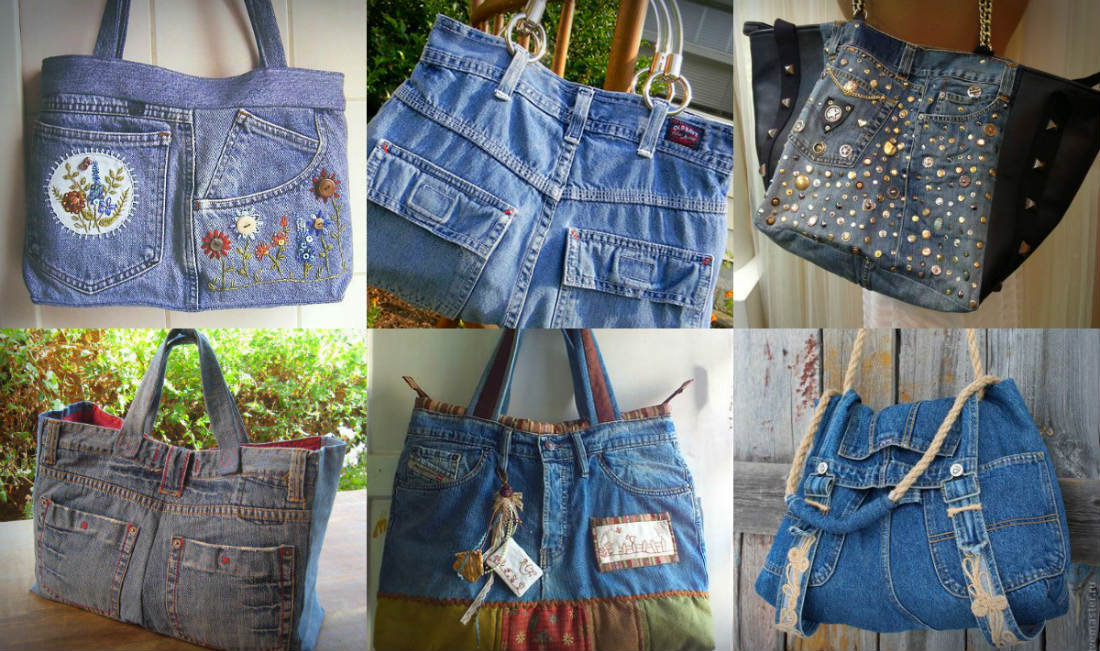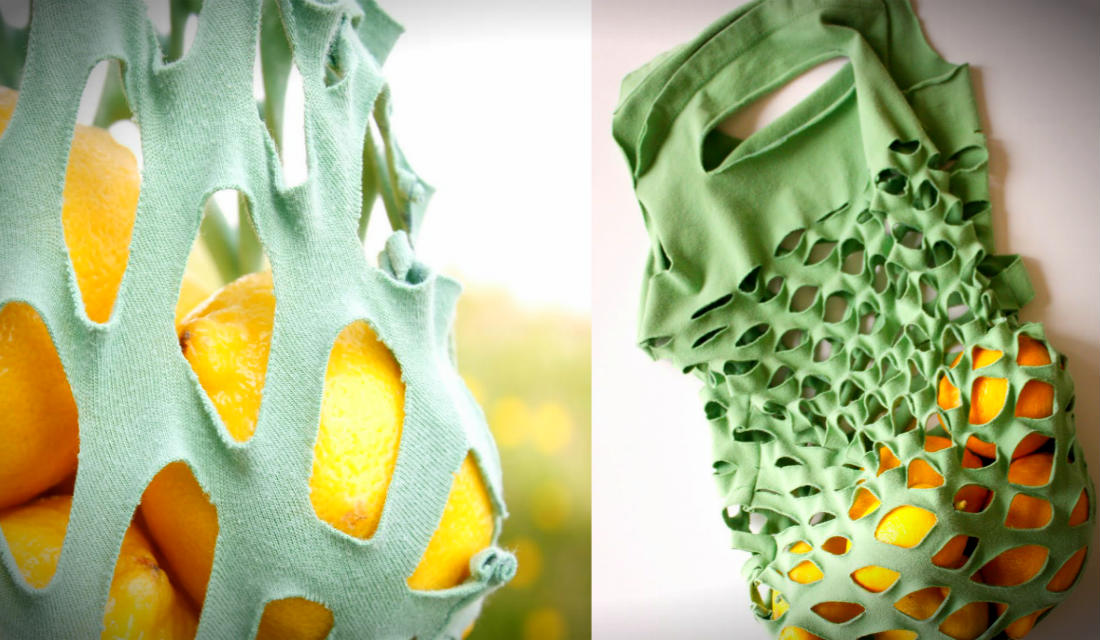Anúncios
The world of fashion is constantly evolving, and some innovations are so surprising that they make us rethink the concept of sustainability and creativity. One such innovation is the use of cassette tapes to create smart fabrics, an idea that came to life in the hands of Brazilian designer Julio César. Originally from Mossoró, in Rio Grande do Norte, Julio César has stood out on the international scene for transforming old cassette tapes into true works of fashion art.

The Origin of Innovation: Julius Caesar and his Passion for the Arts
Since he was young, Julio César has always had a strong connection with the arts. Growing up in Mossoró, he developed a keen eye for innovation and creativity. This passion led him to experiment with unconventional materials in his creations, and that is how he became the first Brazilian designer to use cassette tapes to create fabrics. This innovation, known as Sonic Fabric, is composed of 50% polyester and 50% cassette tapes, resulting in a material that is not only sustainable, but also incredibly unique.
Sonic Fabric: The Smart Fabric That Plays Music
Sonic Fabric, created by Julio Cesar, is not only visually appealing; it also has a unique characteristic: it is audible. This means that items made from this material, such as dresses, hats and ties, can literally play music. With the help of a device created from a Walkman, it is possible to hear sounds extracted directly from cassette tapes integrated into the fabric. This fusion of fashion and technology not only challenges conventions, but also encourages reflection on the reuse of obsolete materials.
Sustainability and Fashion: Cassette Tapes as Raw Material
The use of cassette tapes in fabrics is a shining example of how fashion can be an ally of sustainability. Cassette tapes, which have long since been replaced by more modern technologies, usually end up in the trash. However, through Julio César’s innovative vision, these tapes are being given a new life. Sonic Fabric not only reduces waste, but also highlights the importance of rethinking how we consume and dispose of materials. This sustainable approach has caught the attention of several celebrities, including singer Jason Mraz, who has become a frequent client of the designer.
International Recognition and the Studio in New York
Julio César’s ability to transform cassette tapes into something so unique has earned him international recognition. He now has a studio in New York, one of the most vibrant and influential cities in the fashion world. His store has become a meeting point for those seeking unique and innovative pieces. Celebrities and fashionistas from all over the world visit Julio César’s studio in search of something that goes beyond the ordinary, something that represents both fashion and art in a unique way.
Fashion as an Artistic and Sustainable Expression
Julio Cesar’s work is not limited to clothing; he also explores the potential of cassette tapes in other types of design. In addition to clothing and accessories, he creates home decor and even wallpaper with Sonic Fabric. This versatility shows how fashion can transcend clothing and become a form of artistic expression, while also promoting sustainability. The ability to transform something as antiquated as cassette tapes into a modern fashion trend is a testament to the designer’s talent and vision.
Exploring the Work of Julius Caesar
For those interested in learning more about Julio César’s work, there are several ways to explore his creations. In addition to visiting his New York studio, you can also visit the designer’s official website, where his pieces are available for purchase. The photos and videos available online also offer a glimpse into the creative process behind these unique pieces. For those interested in sustainable fashion, Julio César’s work is a source of inspiration, showing that innovation can come from the most unexpected places.
In short, cassette tapes, once an icon of the analogue era, are being given a new lease of life by Julio César, transformed into smart fabrics that combine fashion, technology and sustainability. The creation of Sonic Fabric is not only a milestone in the designer’s career, but also an example of how fashion can be reinvented to reflect contemporary values of environmental responsibility and limitless creativity. By repurposing cassette tapes and transforming them into something beautiful and functional, Julio César is not only preserving the memory of a bygone era, but also paving the way for a more sustainable future in fashion.
Check out other interesting facts about recycling clicking here.
Learn how to make art by recycling, Click here.




